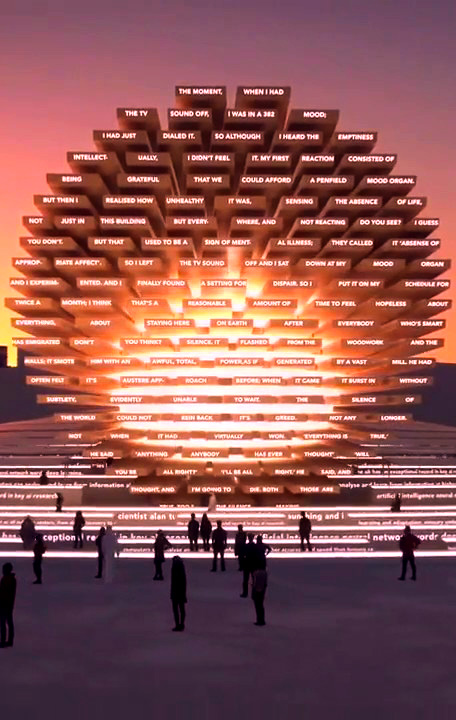
Jordan Wolfson
요르단 울프슨
ジョーダンウォルフソン
Female Figure
The stare of the animatronic sculpture is so intense, it would put anyone uncomfortable. The mask is probably there as a way to avoid creating a human face using animatronics but it also definitely adds to the creepiness of the overall look. The importance of the gaze is found throughout Wolfson’s work but it finds here a very special interpretation. He gives the ability to gaze to two different entities, a stripper and a robot, who are by definition never supposed to look up. The visitor is no longer in control of the situation, creating the awkwardness that is at the core of the work.









